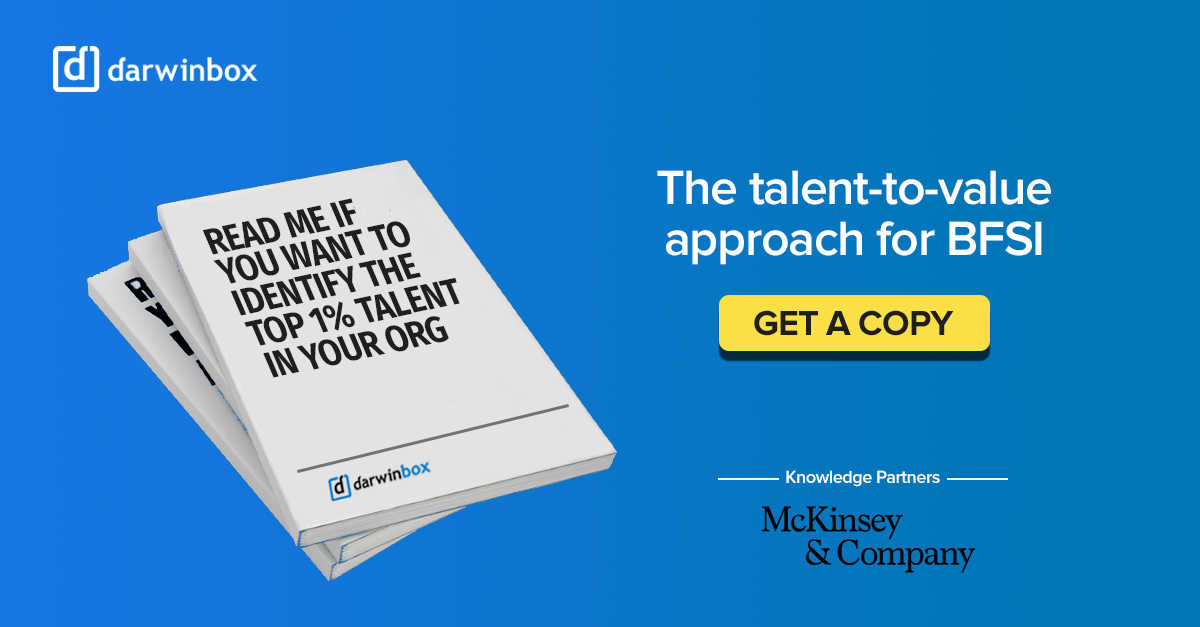As the pandemic continues to disrupt normal economic activities and life around the world, the resulting economic downturn for the year 2020 could be catastrophic. In fact, world trade is expected to fall by 13% to 32% as the crisis continues. That being said, the central government of most countries are trying to break the cycle and converge towards helping organisations return to work, safely.

Furthermore, organisations too are trying to inculcate best practices to keep things “up and running”. Maintaining productivity whilst keeping in mind employee safety and engagement has become an emerging concern amongst HR leaders worldwide. Strategies such as staggered shifts and workforce management to ensure employee wellbeing, are what most organisations are trying to ‘configure’.
In this era of disruption, technology has come up as the savior to help us transition quickly and easily into the new way of work. Here are 15 must-have remote HRMS features that can help you ensure employee safety as well as compliance with government norms and standards:
- Verify Shift to Allow Office Entry:
It has become quite evident that limiting the movement of employees in order to maintain social distancing is going to be the need of the hour. With Virtual ID Cards, you can simply scan the QR code on an employee’s Virtual ID to verify his/her shift allotment for the day and mark attendance only when the system approves. This helps the organisation keep track of employees coming to office and limit unwanted movement. - Geo-Tagging with Facial Recognition:
It has become a growing concern for organisations to limit physical contact as much as possible. With attendance tracking features such as facial recognition, organisations can now avoid any physical punches for attendance. For an added layer of validation, organisations can geo-fence employees to a particular location radius to limit the range under which attendance punches are acceptable. - ‘Touch-Free’ Attendance Punches:
It has become a priority for organisations to ensure effective compliance with social distancing norms to maintain employee safety and create a risk-free working environment. Employees can leverage HR tech to ensure touch free attendance check-in on their desktop or mobile devices without having to touch any physical biometric check-in devices and punch in their attendance seamlessly. - Remote Check-Ins:
Managers can track their team’s work location as well as their planned activities for each day with remote check-in features that indicate the employee’s location (Home/Office/Field) and record their planned and completed work. Such features allow employees to keep their direct managers in loop about their daily work and location details with just a few taps on their mobile devices. - Easy Shift Allotment:
HR leaders need to find a way to limit unwanted employee movement while also maintaining productivity by distributing their workforce into multiple shifts. HR Tech can enable organisations to allot different shifts throughout the week with the help of features such as Shift Blocks that allow you to assign different day-wise shifts to the employees throughout the week. These shifts can easily be bifurcated into ‘WFH’ or ‘Office’ shifts which gives an added advantage. - Flexible Workflows:
With state and central governments bifurcating locations/areas into different zones (Red, Orange, Green) there is a high possibility of employees visiting either of the following. Remote HRMS with flexible Workflow features which would give organisations the ability to make approvals mandatory for any outdoor visits can help organisations effectively monitor and control employee movement. - Risk Vulnerability Assessments:
Even before employees are asked to resume work from the office, organisations can capture an employee's health, travel, and family information to better understand and mitigate risks and determine whether they are fit to visit the location. Features such as Profile View which can help in determining the pool of employees who can work from office and make mandatory work from home for those with pre-existing health conditions, or those that have family members below 8 years or above 60 years, or even those that have stayed in a red zone in the last 3 weeks.
Your HR system should be able to track multiple data-points that can help assess employees with higher vulnerability/risk to COVID-19 and provide Custom Reports against each field to make the distribution of the workforce easier. - Digitally Powered Talent Acquisition:
With the advent of technology, organisations can now take interviews online but the work which predominantly goes on during the recruitment cycle is still ‘offline’. However, HR tech can now help organisations seamlessly integrate the full recruitment process onto one single platform, limiting the need for any physical meetings.
From raising requisitions to scheduling interviews, organisations should have the flexibility to screen a candidate without moving to any other platform in order to effortlessly manage the whole recruitment process.
Similarly, onboarding processes should also be integrated onto a single platform which would enable HRs to remotely generate digital offer letters, digitally onboard candidates, communicate COVID guidelines and precautions during onboarding and create onboarding tasks to assign necessary software assets.
- Employee Health Checks & Pulse Surveys:
With the help of Pulse surveys, HR leaders can create daily health check surveys with multiple questions to capture regular inputs from employees. With this feature, organisations can also restrict employees from returning to office until they have filled the survey. - Real-Time and Continuous Feedback:
To ensure employees are engaged and are continuously in contact with their peers and managers, organisations can leverage continuous performance management on their HR Tech, which would enable employees to continuously share feedback on tasks and appraise peers throughout the organisation. Employees should also be able to request feedback from peers, reportees, subordinates or managers with just a few taps. - Digital Rewards and Recognition:
Employee engagement strongly correlates with productivity, and it therefore becomes absolutely necessary for organisations to recognize employees for their work and let them know that they are a valued part of the organisation. With the help of HR Tech, HR can gamify the values of the organisation into online badges which would be visible to all employees. HR can incentivise recognitions and control budgets by limiting the number of points an employee could give. Further, you should be able to track the top recognizers and receivers across the company on a leaderboard to create a sense of healthy competition and keep employees engaged. - Employee Helpdesk:
With remote HRMS, organisations should be able to create a robust redressal system using the features such as Helpdesk that are capable of adding dedicated categories of tickets such as COVID-19 related queries. This would ensure that your employees can easily contact HR and seek the necessary help quickly. - Self-Generated HR Letters:
With certain state governments limiting the movement of people, employees should be able to self-generate company signed letters on the fly to show government authorities with the help of their remote HRMS. Organisations can create exemption letter templates with the HR Documents feature on their HR Tech platform and set up a digital signature allowing employees to self-generate letters with all the necessary details, and even the right date and stamps. - Social Networks & Notice Boards:
As organisations start moving into the new mode of work, there will be some daily information broadcasts which would need to go out to the entire organisation. Using organisation social networks (such as Darwinbox’s Vibe module), organisations can broadcast all necessary information on the Online Notice Boards visible to all the employees throughout the organisation. - Swift & Easy HR Policy Sign-Offs:
Organisations should be able to easily create policies and reference documents which could be made mandatory for digital sign-off from employees with the help of HR Policy features on their HRMS. This would help organisations dispatch all the necessary documents and policy change information swiftly to all the employees in order to keep them informed.
In a time of uncertainty and continuous disruption, it becomes very important to adopt the best HR solution to help your organisation balance the interests of employees’ safety and well being, whilst also focusing on productivity and engagement. To help organizations of all sizes, evolve to this new way of work, we have introduced an agile and lean suite of HR Tech for the post-COVID workplace, Darwinbox Evol>e. This hybrid HR technology with all the 15 above mentioned features, and other deep-tech functionalities, sits on top of your existing HR systems or stand-alone to help you ensure a safe return to work for your employees while keeping in accordance to the mandatory compliance & governance policies.
Don’t just adapt to the new normal - get ahead with Darwinbox Evol>e, contact us to learn more.



Speak Your Mind